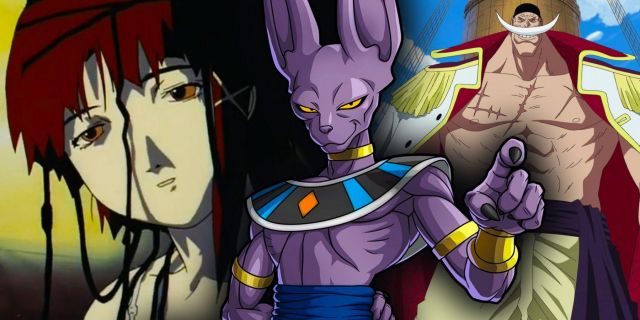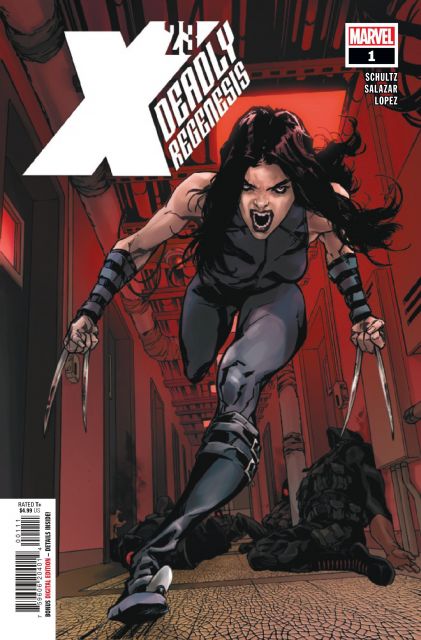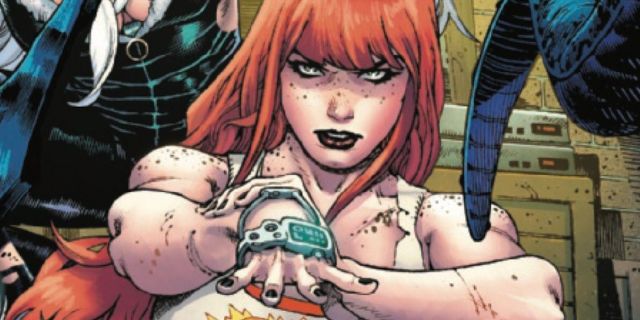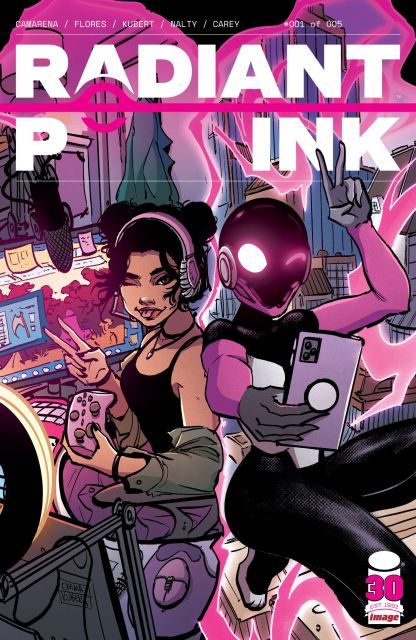Dragon Ball is one of the most popular anime and manga series available, but the franchise also has a healthy life in the video game industry. Dozens of Dragon Ball video games have been released, which tackle different genres and translate the franchise’s rich universe into engaging gameplay.
Dragon Ball naturally lends itself to the fighting genre and there are a series of titles that embrace the series’ martial arts competition, the World Martial Arts Tournament, to great effect. A new title in the Budokai Tenkaichi series has recently been announced, which makes it the perfect time to look back on the previous Budokai and Budokai Tenkaichi games and how they hold up.
9 Dragon Ball Z: Tenkaichi Tag Team
Release Date: October 19, 2010
Technically the most recent entry in the Budokai Tenkaichi series is 2010’s PlayStation Portable fighting title, Dragon Ball Z: Tenkaichi Tag Team. The flailing sequel does its best to offer something new to the franchise through the fresh tag team mechanic and a roster of 70 playable characters.
However, the handheld Dragon Ball fighter suffers from fatigue and a wide range of stronger Budokai options for audiences. It’s possible that the Tenkaichi Tag Team extension could have matured over time, but as a single PSP release it lacks substance.
8 Dragon Ball Z: Shin Budokai – Another Road
Release Date: March 20, 2007
Dragon Ball video games do their best to adapt every corner of the series’ canon, whether it’s the events of the anime, manga, or feature films. However, some games turn to hypothetical “What If?” storylines. Dragon Ball Z: Shin Budokai – Another Road is the second PSP game and one of the first Budokai titles to indulge in hypothetical storylines and battles.
Another Road explores a reality where Majin Buu is awakened in Future Trunks’ timeline and he requires help to handle the monumental threat. Another Road introduces some interesting ideas, but it fails to deliver a substantial handheld fighter that can compete with the home console Budokai games.
7 Dragon Ball Z: Budokai 2
Release Date: November 14, 2003
The Budokai franchise’s first sequel had high expectations to meet, which didn’t exactly come together. Budokai 2 doesn’t feel that dissimilar from the first game and the additional features and improvements are lackluster. The sequel doesn’t even include all the characters that were in the previous Budokai.
Dragon Ball Z: Budokai 2 largely feels like diminishing returns and that a sequel would have benefited from longer development instead of rushing to meet a projected deadline. Budokai 2 does have some fun ideas, like some of its original “What If?” characters that include fusions between Goku and Mr. Satan, as well as Tien and Yamcha.
6 Dragon Ball Z: Budokai
Release Date: November 2, 2002
Dragon Ball Z: Budokai is the first official entry in the long-running fighting series. It’s almost quaint to look back on the game’s roster of nearly two-dozen characters and how impressive it was at the time. Dragon Ball Z: Budokai establishes a strong foundation, but it suffers from graphical and hardware limitations of the time.
These concessions are improved upon in the subsequent Dragon Ball Z: Budokai games, but Budokai helped set a new standard for Dragon Ball fighters. A compelling story mode and two-player versus matches were enough to please many Dragon Ball fans upon the game’s initial release.
5 Dragon Ball Z: Shin Budokai
Release Date: March 7, 2006
The ‘00s were a great time for home console Dragon Ball games and it’s only logical that their success would begin to carry over into portable handhelds. The PlayStation Portable’s Dragon Ball Z: Shin Budokai is a modest attempt to recreate the fast-paced fighting of the console titles, but it suffers from too narrow of a focus.
Shin Budokai exclusively focuses on the events of the Dragon Ball Z movie, Fusion Reborn. The inclusion of Gogeta is definitely exciting, as are the game’s multiple branching storylines, but it’s tough to top the other entries in the franchise with a scant roster of 18 characters.
4 Dragon Ball Z: Budokai Tenkaichi
Release Date: October 18, 2005
The original Dragon Ball Z: Budokai trilogy was developed by Dimps. However, Spike handled the franchise’s evolution into Dragon Ball Z: Tenkaichi Budokai. Spike has since grown into reliable Dragon Ball game developers.
The first Budokai Tenkaichi game is a major step forward in every regard and its comprehensive roster of 64 characters left Dragon Ball fans extremely satisfied. Budokai Tenkaichi’s lengthy gameplay modes helped prove just how big a Dragon Ball Z fighting game can be and that a substantial single-player experience is just as important as multiplayer mayhem.
3 Dragon Ball Z: Budokai Tenkaichi 3
Release Date: November 9, 2007
When it comes to sheer content, it’s hard to beat Dragon Ball Z: Budokai Tenkaichi 3 when it comes to roster size. The 2007 fighter boasts an exhausting collection of more than 160 playable characters, which is one of the largest rosters for any fighting game.
Budokai Tenkaichi 3 freely pulls from every corner of the Dragon Ball universe, including its movies and Dragon Ball GT. That being said, a huge cast of characters results in other popular gameplay modes receiving downgrades. The only reason that Budokai Tenkaichi 3 is seen as a step down from the second entry in the series is because of its weak story mode.
2 Dragon Ball Z: Budokai Tenkaichi 2
Release Date: November 3, 2006
Dragon Ball Z: Tenkaichi Budokai 2 hits consoles only a year after its predecessor and it manages to more than double the available content with a roster of over 135 playable characters. Budokai Tenkaichi 2 extends the game’s story mode to cover not only the events of Dragon Ball Z’s many movies and TV specials, but also Goku’s later adventures in Dragon Ball GT.
The entire franchise is at the gamer’s disposal. Budokai Tenkaichi 2 satisfies gamers through its clear passion for its source material through the game’s creative and diverse modes.
1 Dragon Ball Z: Budokai 3
Release Date: November 16, 2004
Dragon Ball Z: Budokai 3 feels like the perfected version of the Budokai formula since it works hard to genuinely improve gameplay, combat mechanics, and some of its predecessor’s weaker features rather than purely focusing on a larger roster and improved graphics. Budokai 2 isn’t necessarily a bad game, but it’s easy to see why the Dragon Ball Z: Budokai HD Collection only includes the first and third Budokai games.
Budokai 3 fixes all of Budokai 2’s issues and makes the first sequel largely irrelevant in the process. Budokai 3 was the gold standard in Dragon Ball fighters until modern titles like Dragon Ball FighterZ and the XenoVerse series came along.















Leave a Reply